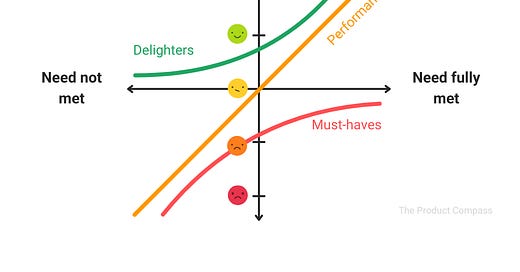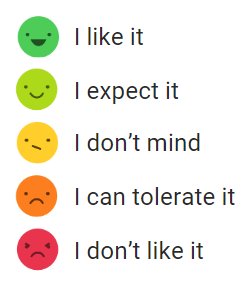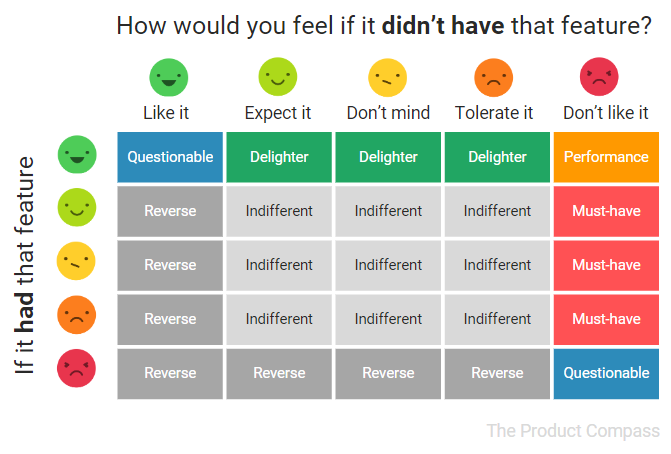Kano Model: How to Delight Your Customers Without Becoming a Feature Factory
Kano Model vs. Modern Product Discovery
Hey, Paweł here. Welcome to the freemium edition of The Product Compass.
Each week, I share actionable tips and resources for product managers.
If you're not a subscriber, here are a few posts you might have missed:
Consider subscribing and upgrading for the full experience:
Kano Model: How to Delight Your Customers Without Becoming a Feature Factory
Recently, I was asked how to prioritize features using the Kano Model and how it differs from the Opportunity Score.
The two approaches serve different purposes. The Kano Model remains extremely popular:
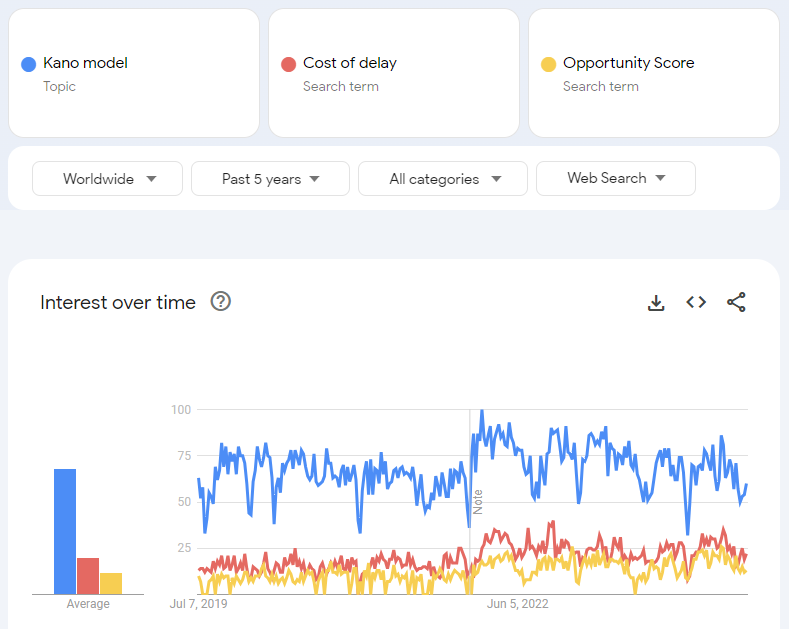
But when applied improperly, the model can be dangerous for organizations.
So, in today’s newsletter:
What is the Kano Model?
How do People Use the Kano Model?
Kano Model: Pros and Cons
🔒 How to Combine the Kano Model with Modern Product Discovery?
🔒 Conclusions and Key Takeaways
1. What is the Kano Model?
The Kano Model, developed by Professor Noriaki Kano in the 1980s, is a theory of customer preferences. It identifies 5 types of features and explains how to prioritize them to maximize customer satisfaction:
The three main categories are:
Must-haves (aka Must-be): These features are fundamental. If present, they do not increase customer satisfaction, but when absent, they can cause significant frustration. For example:
The steering wheel in a car.
The ability to reset your password in a web app.
Performance: The more functionality you provide, the happier your customers are. Conversely, less functionality leads to more complaints. For example:
The fuel tank capacity in a car.
The time it takes to display search results in a web app.
Delighters (aka Attractive): Customers don’t expect those features. When present, they are a pleasant surprise. The more functionality customers get, the better. For example:
A free Coca-Cola on a plane when you don’t expect it.
A micro-interaction in the user interface.
The last two categories are often skipped as not helpful:
Indifferent: These features do not impact customer satisfaction, whether present or not. An example can be the ability to choose different cursor icons hidden in the app settings.
Reverse: Less functionality makes customers happier, while more functionality leads to dissatisfaction. An example can be an automatic video playback that frustrates the users.
Importantly, in the Kano Model, customer satisfaction refers to an emotional response to a feature's presence or absence (subjective). This is not the same as satisfaction from the Opportunity Scores in which satisfaction means how well the need is met (ideally, objective).
Let’s modify the diagram to clarify we talk about the emotional response:
2. How do People Use the Kano Model?
To categorize your features, you need to perform a survey in which customers are typically asked two questions:
When using [product], how would you feel if it had that feature?
When using [product], how would you feel if it didn’t have that feature?
With five possible answers:
You can then easily interpret the results using the following table:
Here, you can find detailed instructions and download a spreadsheet (no email) that runs formulas for you and two table variants. Repeating those considerations was not the goal of this post.
3. Kano Model: Pros and Cons
What I love about the Kano Model is that it focuses on the customers' feelings and emotional responses.
At the same time, the model is often criticized for poor survey response options, lack of adjustment to tech products, and high human bias.
A few quotes:
“The classification of performance features is indeed a weaker theoretical spot of the Kano model.” - Conjointly
“(…) for tech product performance enhancement is attracting and surprising, and also performant, and also a must-have” - Quant UX Blog
“(…) traditional Kano model is a human intensive activity thus promotes the passionate and biased behavior of human.” - An integrated approach of Kano's model
“(…) traditional Kano model with a range of answers are insufficient to reflect the multifaceted thoughts of an individual” - An integrated approach of Kano's model
Lastly, my biggest concern is:
The Kano Model, as often used in product, focuses on features.
This is dangerous, as this often results in little to no effort to understand the customer's needs. As a result, the features we build do not solve customer problems. And nobody uses them.
This common problem is often visualized as the Product Death Cycle Trap:
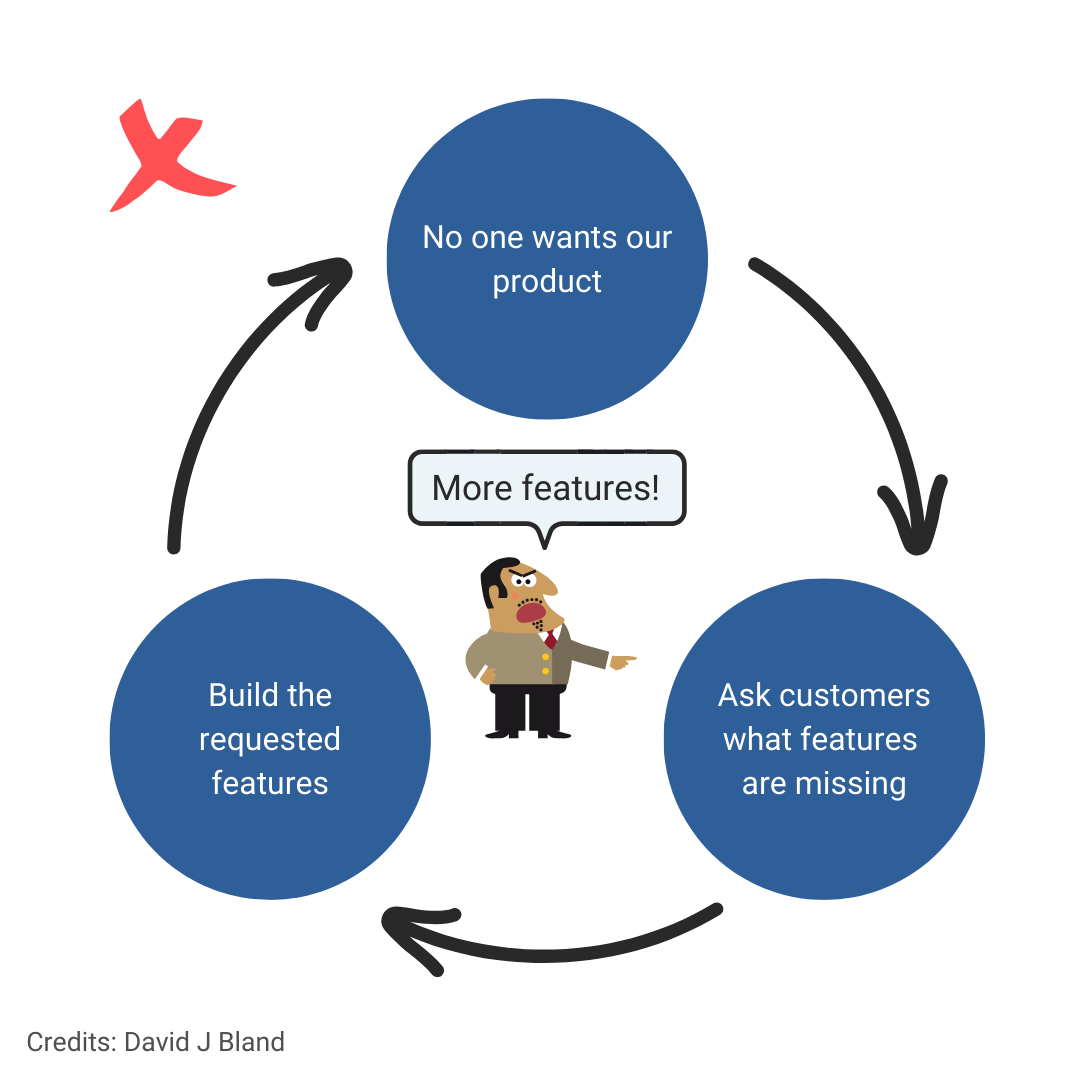
I love this quote I saw for the first time in Jobs-to-be-Done:
“People don’t want to buy a quarter-inch drill. They want a quarter-inch hole!” - Theodore Levitt
So, is there a way to leverage the benefits of Professor Kano’s thinking without becoming yet another feature factory?
There is a simple way to extract what's best.
3. How to Combine the Kano Model with Modern Product Discovery?
Keep reading with a 7-day free trial
Subscribe to The Product Compass to keep reading this post and get 7 days of free access to the full post archives.

